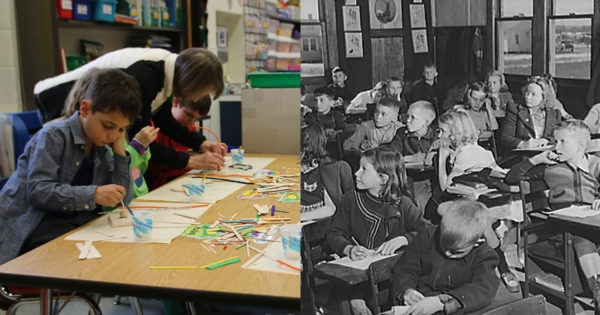
The latest census results from 2010-2020 are in, and many have focused on headlines declaring that overwhelmingly Republican states are set to gain new seats in the U.S. House of Representatives. However, the census also reveals that population growth in the United States has slowed to the second lowest level in the country’s history, with only the Great Depression showing lower growth numbers.
According to census data presented by the Brookings Institution, “Among all 50 states, 37 grew more slowly in the 2010s than in the previous decade, and three states lost population—the largest number of such states since the 1980s,” and the overall growth rate was a modest 7.4%, only one fraction of a percentage higher than the growth rate between 1930-1940 – the years marked by the Great Depression – 7.3%.
“The 2010s registered declines in the number of births, increases in the number of deaths, and lower immigration levels. Immigration was reduced due to federal restrictions that led to a decline in the noncitizen foreign-born population. And low natural increase levels (fewer births, more deaths) reflect, in part, delays in marriage and childbearing among the economically hard-hit millennial generation, and a rise in drug- and pandemic-related deaths,” noted the Brookings Institution.
The Brookings Institution notes that this was driven by changing immigration policies during the decade, apparently alluding to those championed by President Donald Trump, who severely limited illegal immigration from Mexico and Central America throughout his administration. Rather than admit that this suggests a successful policy objective of the Trump years, the think tank instead suggests this illustrates why more immigration is necessary. “This suggests that the nation will need to increase immigration to keep future growth rates from falling even more starkly.”
While the think tank fails to consider why the domestic population is reproducing at an abysmally low rate – the lowest since an economic depression that saw unemployment topping out at 24.9% – some must wonder if the sluggish economic recovery under President Barack Obama played a role.
As recently as October of last year, columnists at respected media outlets were reminding voters that, despite Joe Biden and Kamala Harris’s insistence, there was no “economic boom” during the Obama era, and those years were instead plagued by a sluggish economy that some claim never truly recovered from the financial crisis of the late 2000s.
“There was no economic “boom” as Joe Biden and Kamala Harris are misremembering. This was an economy that skidded into a financial ditch and seemingly never pulled out of it and got back on the prosperity hot lanes until Donald Trump won the election in November 2016,” wrote Boston Herald columnist Stephen Moore. “Here’s the reality check. Under Barack Obama, the economy barely grew 2% — rather pathetic for a “recovery.” The people who made the preposterous bullish claims that Obama saved the economy are the ones who now say the Biden economic plan will gain millions of jobs.” Moore added, “In the last year of Obama’s presidency, growth shrunk to 1.6%, and the concern was the possibility of another recession. That’s some boom.”